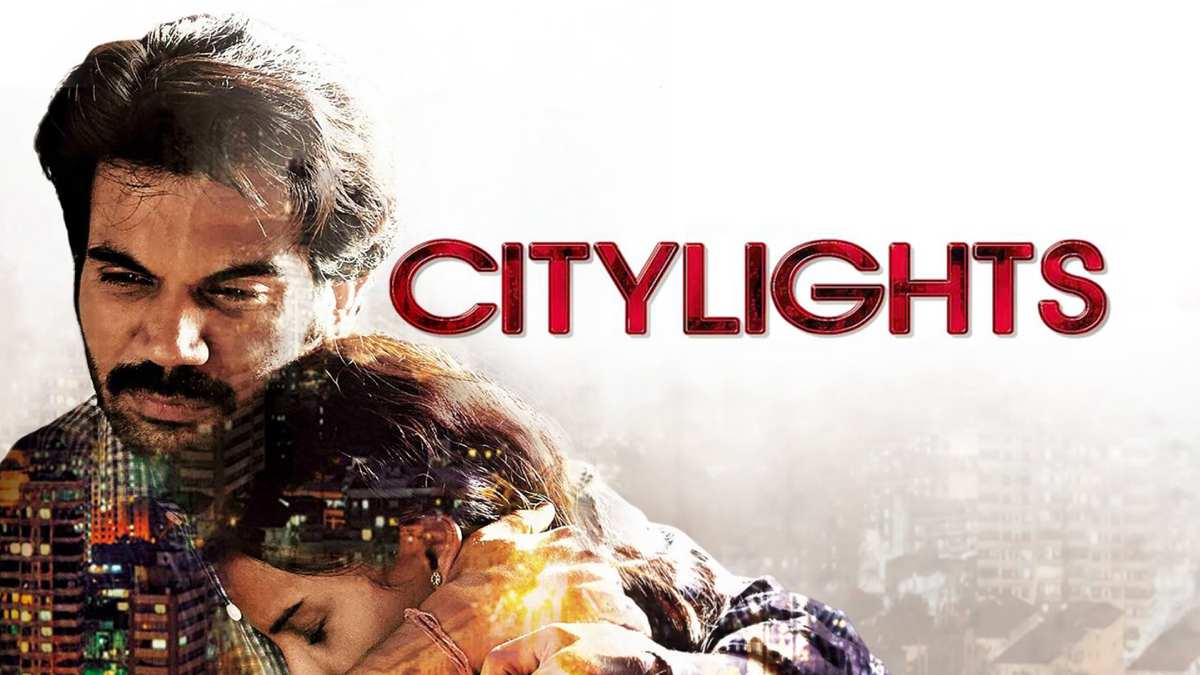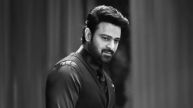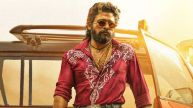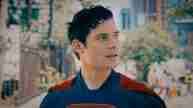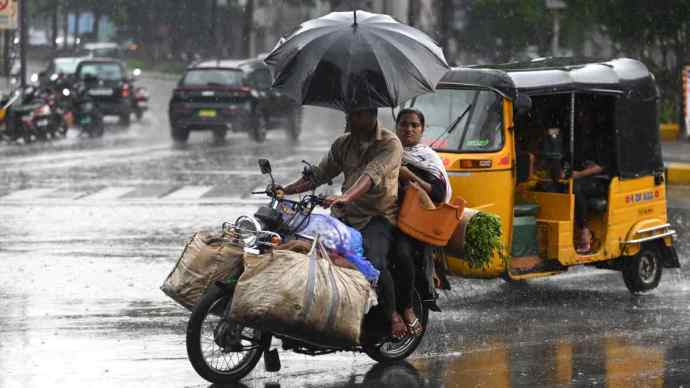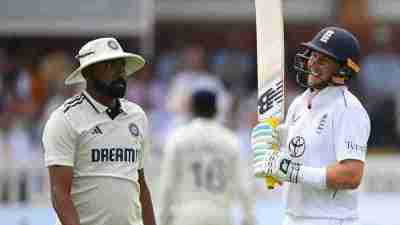When Hansal Mehta speaks of Citylights, it’s not just as a film, but as a memory stitched together with chaos, craft, and a crew of 25 dreamers. In this candid reflection, the acclaimed filmmaker opens up about the emotional and cinematic journey behind what many call his finest work.
Hansal, many consider Citylights to be your best work.
It started as a remake. We never watched the original Metro Manila, and I still haven’t. I was told it’s the better film. It probably is. But Citylights became something else for us. We used Ritesh Shah’s script as a canvas and painted our own world upon it. One rooted in our city’s shadows, lit only by what light we could find, and what we could carry.
The film conveys the feeling of unconditional authenticity.
The trains in the film weren’t just metaphors. They were our locations. We shot on platforms, in compartments, between crowds and curfews. The city wasn’t a backdrop—it was our set, our soundstage, our silent character. We filmed entirely in sync sound, with barely a generator, a few tube lights, and a prayer.
Does the cinematographer deserve special applause?
Dev Agarwal, our brave cinematographer, caught the soul of the city in the hush of dawn and the buzz of midnight. Apurva Asrani, with his delicate, intuitive editing, shaped the story in ways that still make me ache. Vinod Rawat—casting director, associate, heartbeat—found faces that weren’t acting but being. My son Jai, chief assistant, held the set together like someone far older than his years. And the crew—no more than 25 people, but with the passion of 250. It was madness. The best kind.
Also Read: Revisiting David Dhawan’s Biwi No 1 As It Clocks 26 Years
Where do you place Citylights in your oeuvre?
Citylights was one of those films that made me feel like a filmmaker again. Stripped of vanity, just craft and chaos. We shot fast. We shot honestly. And somewhere in that urgency, something pure happened. Rajkummar, in what I still believe is his finest performance, was electric in his restraint. A man unravelling quietly, with dignity fraying thread by thread. Patralekha as Rakhi, is so heartbreaking, so still in her suffering, she barely needed words. Manav Kaul, in his first big role, roared in with a presence that demanded attention.
The music was a resounding success.
Muskurane became a hit. But Soney Do… that’s the one etched in my memory. That’s the song that was in the film.
City lights, like Bimal Roy’s Do Bigha Zameen were about rural migration.
Citylights was about those the city forgets. The migrants. The invisible. The faceless foundations of urban India. It’s ironic that my post about The Studio was about empathy—especially for the very people whose diktat made this film less than what it could’ve been. But I’ve learned to make peace with those contradictions. They’re part of the process. Of the journey. Today, 11 years later, I crave that kind of experience again. That kind of hunger. That kind of madness. Where storytelling was instinct. And cinema, a form of survival. Today I dedicate to the film we made. The lives it captured. The people who gave it breath. And the bonds it created—Mahesh Bhatt, Rajkummar, Patra, Manav. My enduring collaborators, friends, family. Here’s to Citylights. And the flicker it still leaves behind.
But the film was not edited to your liking??
The studio, perhaps in its insecurity, made us do a cut that I can’t fully own. The director’s cut was raw and unvarnished. Maybe it was long. Maybe it was too still. But it had a soul. That’s a version only a few have seen. I hope someday, it finds its way out. I don’t think it’s around. Those drives would’ve been recycled over and over again.
